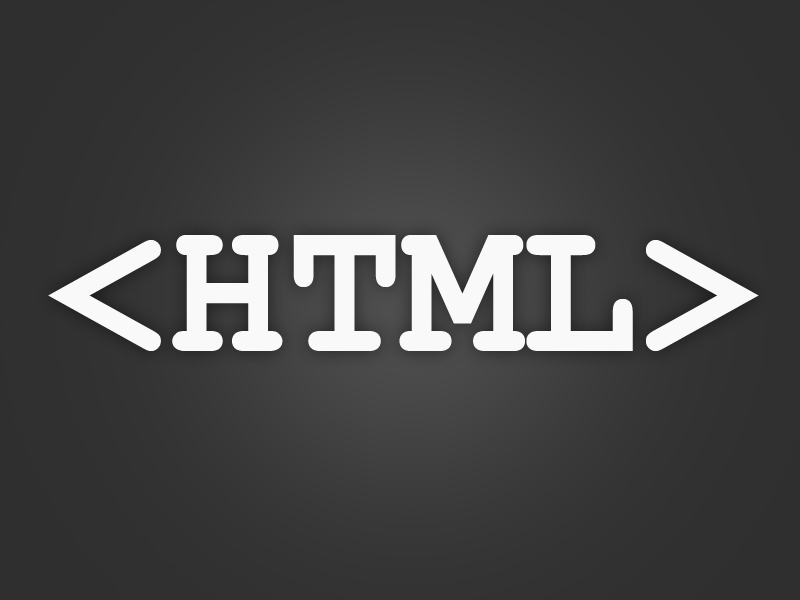HTML is a mark up language used to describe the content in a web document. HTML (HyperText Markup Language) was defined using SGML (Standard Generalized Markup Language) which is an ISO (International Organization for Standardization) standard for describing text-formatting languages.
One must remember that HTML is not a programming language. A file with HTML code is saved with .html extension.
A web page (web document) is a document which contains many elements like text, audio, video, images, flash animations etc. The web pages are generally stored on a server and a user requests these web pages by using a web browser.
Web documents are created using different technologies. Among them HTML plays a crucial role. Every web page is made up of HTML and other technologies like CSS, Javascript etc.
HTML is responsible for telling a web browser (Ex: Microsoft Internet Explorer, Firefox, Chrome, Safari, Opera etc…) how text and other objects (like video, images etc…) should appear in a web browser.
Whether the text should be small, large, bold, underlined, left aligned or right aligned is determined by the HTML in the web page.
HTML is not a programming language like C, C++, Java etc. It is a markup language.
HTML is a markup language which describes the content in web pages.
A user is concerned with only the content in the webpage. User doesn’t worry about the HTML which makes the browser understand the content in a webpage. HTML is hidden from the user. However, as a creator of web pages, he or she should have knowledge about HTML and its uses.
Hypertext
The hypertext in HyperText Markup Language refers to the text in a web page which contains links to other web pages. When a user clicks on a link, the user gets redirected to another web page. This term was coined to describe documents that could change, redirect and otherwise overcome the linearity of normal text.
Markup
Writing explicit editing instructions in or around text is generally known as marking up text. While creating web pages, we use markup (tags) which specifies the browser how it should display the text (bold, underline, big text etc…).
In the early 1990’s a new language was created, Hypertext Markup Language, or HTML. The language was created to provide a way for developers to mark up documents so web browsers could display certain elements in bold, underline or in italics etc.
Several requirements must be considered when telling a computer how to format text. Following are some of the requirements for a markup language:
- The instructions should follow a stringent set of guidelines (syntax).
- The instructions should be included in a textual document.
- The instructions should be invisible to the end user.
- The instructions should tell the display program (generally a web browser) where to start and where to end, and how to apply the formatting specified.
The HTML markup instructions are delimited with angle brackets (< >) also known as less than and greater than symbols. The markup instructions are made of angular brackets and a keyword. These markup instructions are known as tags.
In HTML there are opening tags and closing tags. An opening tag specifies the beginning of formatting and an end tag specifies the end of formatting. For example to underline text in a web page we should use <u> and </u> tags. All the closing tags begin with a / followed by the keyword.

Suryateja Pericherla, at present is a Research Scholar (full-time Ph.D.) in the Dept. of Computer Science & Systems Engineering at Andhra University, Visakhapatnam. Previously worked as an Associate Professor in the Dept. of CSE at Vishnu Institute of Technology, India.
He has 11+ years of teaching experience and is an individual researcher whose research interests are Cloud Computing, Internet of Things, Computer Security, Network Security and Blockchain.
He is a member of professional societies like IEEE, ACM, CSI and ISCA. He published several research papers which are indexed by SCIE, WoS, Scopus, Springer and others.


Leave a Reply